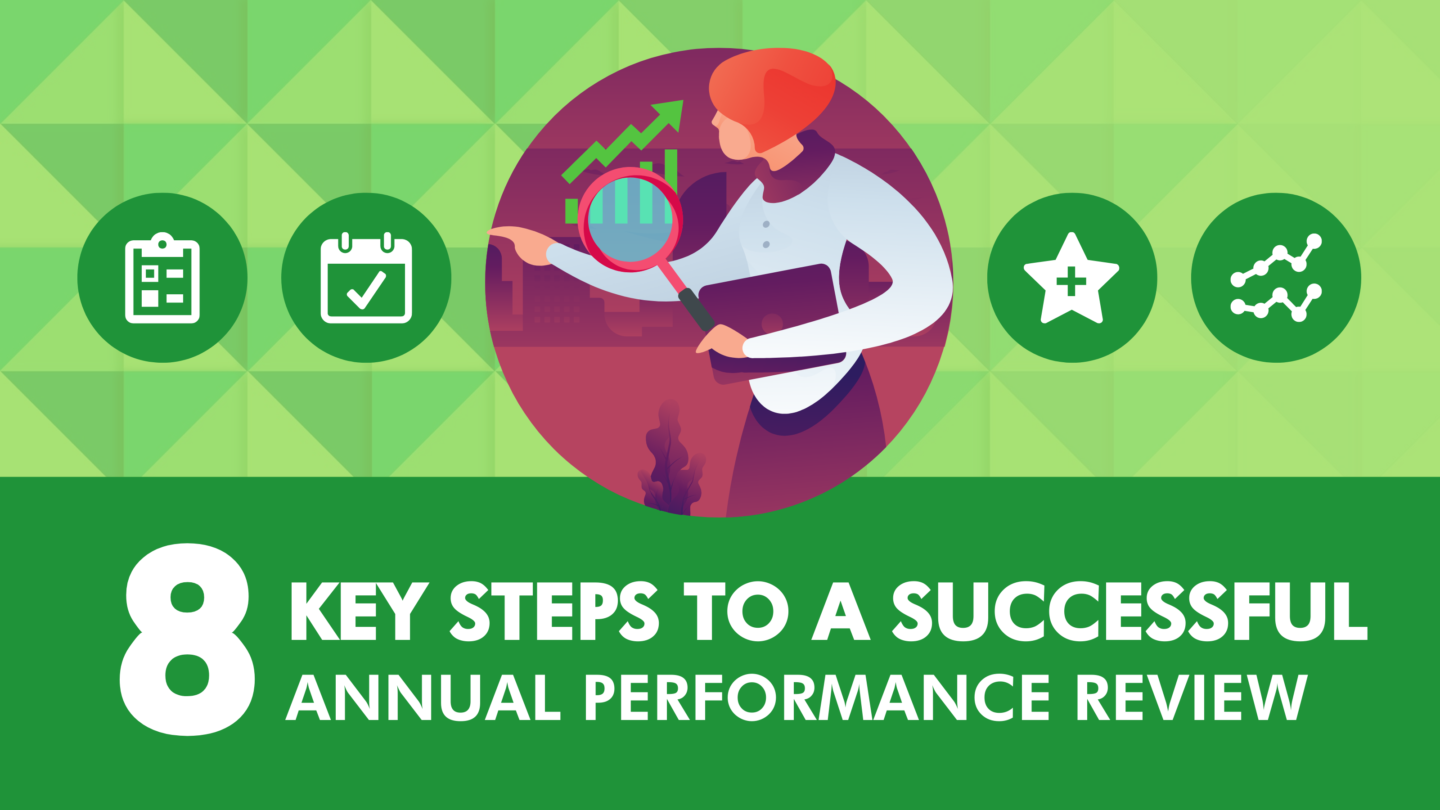
8 Key Steps to a Successful Annual Performance Review
Introduction
The annual employee performance appraisal is usually met with groans by both managers and employees, but it doesn’t have to be this way! With a little bit of planning and preparation, this can be a positive way to document and take stock of your employee’s contribution and a great way to set-up the coming year. Here's a handy checklist to help you give motivating, and lasting feedback for your employees.
1. Know your performance management tools.
Of course, we were always going to start with this one! Look over your company’s performance appraisal system and be sure you know exactly how it works. If you can't figure something out, be sure to contact your HR department or the vendor.
At SpriggHR, we believe that leveraging a performance management system to its full potential puts you in the position to get the most out of you review process and allows you to create useful reports and development plans!
2. View yourself as a leader.
If you approach the appraisal process as your employees’ buddy, you’ll have difficulty being objective — and they’ll have difficulty accepting your feedback. It may not always be easy, but part of your role as a leader is to deliver appropriate feedback, be it positive or negative.
3. Set positive expectations.
If you expect performance appraisals to go smoothly, effectively, and productively, it’s far more likely that they will. Think about the positive conversation you are going to have with your employees and that’s what you’ll deliver.
4. Spend time with your employees.
One-on-one meetings on a regular cadence are an important way to track progress and to stay connected. In a recent survey, 65% of people would like feedback on a daily or weekly basis. From that same survey, 43% of highly engaged employees receive feedback at least once a week as opposed to 18% of low engagement employees. The more familiar you are with your employees and their performance, the more accurate and acceptable your feedback will be.
5. Work backwards from the appraisal session.
Set the dates of the appraisal sessions first, and then work backward to establish the benchmark actions that you need to complete before meeting with employees. Schedule time to collect 360-degree feedback, get a broad perspective on how your employees are doing. If your organization doesn't use feedback forms, a 15-minute call can be just as effective.
6. Gather and review all the relevant data.
Look through your notes and supplement them with your employees’ job descriptions, last year’s appraisal, the objectives that you established with your employees, each employee’s file, notes from 1-on-1 meetings, your employees’ self-evaluations and 360-degree feedback forms (if you use them). Did the employee’s role and goals change through the year? Make sure these are captured.
7. Complete the evaluation.
Start with written comments and phrases, and then select numerical ratings that fit what you’ve written. Review the recommended raises, if any, and then finalize the evaluations.
8. Plan the agenda for the meeting.
Make a note on where your feedback or the feedback from 360-degree surveys differs from the employee's own self-evaluation. Remember to be objective, pull examples from your notes and 360-feedback. Be sure to provide extra time at the end to complete the discussions, answer all questions and set the stage for the coming year.
Conclusion
By following these preparation tips, the annual performance review should go smoothly and predictably, and function as a summary of what you and your employee have discussed throughout the year.
Interested in learning more about SpriggHR's performance review process?
We would love to introduce you to Sprigg. Hit the “Request a Demo” button and we'll customize a demo just for you, led by one of our senior HR professionals. We look forward to connecting!




